
BBC CHEVY 572 REVISED PRO STREET ENGINE, DART BLOCK, AFR HEADS 820hp BASE ENGINE K1
$13,675.00
Available
***
IMPORTANT NOTE
***
THIS IS OUR NEWLY REVISED PRO-STREET PUMP GAS ENGINE. INTRODUCED ON 8-16-21 AMAZING RESULTS!
|
We also offer our engines with a lower cost basic front accessory kit, with electric water pump option and with no turn-key options at all
(base engine)
. See all our engine listings. We also offer our bbc engines setup with a blower as pictured below.
See our other listings for the fully dressed out turn-key version. We also offer this engine in a de-tuned form with multiple cam and intake options in our other listings. Those engines are titled as our "Stage 8.0" 572 engines. They are available in a base model, turn key, or serpentine turn key. The Pro Street engines will have diminished drivability, and are not recommended for high mileage driving in excess of 5,000 miles per year. They are setup to obtain the highest practical horse power numbers for street and strip use, and they also have a very aggressive idle and overall engine tone. The Pro Street engines are not recommended for use in cars with overdrive transmissions, or cars with steep gearing. Our Pro Street engines have several internal upgrades that our regular "Stage" series of engines do not have.
NEW GENERATION DART BLOCK WITH SPLAYED MAIN CAPS.
WISECO PISTONS, K1 CRANK, AND SCAT RODS.
AFR Enforcer
335cc ALUMINUM HEADS.
4.560" BORE X 4.375" STROKE, STANDARD DECK HEIGHT BLOCK
|
- AFR Enforcer 335cc ALUMINUM ALLOY HEADS ASSEMBLED BY US WITH PREMIUM HARDWARE.
- COMP HYD. ROLLER CAM AND COMP T IE BAR STREET STRIP ROLLER LIFTERS.
- SA GEAR BILLET TIMING SET WITH TORRINGTON BEARING AND ROLON CHAIN 9 KEYWAY. TOP OF THE LINE.
- COMP ULTRA PRO-MAGNUM ROCKERS .
- K1 4340 FORGED CRANKSHAFT, CLEVITE BEARINGS. BALANCED ON OUR CWT BALANCER TO BELOW 2 GRAMS.
- SCAT H-BEAM RODS WITH ARP 2000 CAP SCREWS.
- WISECO PREMIUM FORGED PISTONS, (2618 ALLOY). 800+HP RATED.
- MELLING M-SELECT SERIES OIL PUMP # 10774 WITH M-SELECT DRIVE ROD.
- CHAMP CUSTOM 7.5 QT . OIL PAN WITH OIL CONTROL SYSTEM.
- ATI SUPER DAMPER SFI RATED
- SFI HEAVY DUTY DOUBLE WELDED FLEXPLATE.
- ONE YEAR WARRANTY ON PRO STREET ENGINES. SEE DETAILS BELOW.
Pump gas friendly.
Our 572 engine will produce approx. 820 horse power at approx. 6400 rpm. The build sheet is at the lower part of this listing. This engine is an excellent choice for use in classic street rods, and can be used as a daily driver. Extreme high mileage use is not recommended with this engine. See our other listings for the de-tuned version of this engine. We can also set any of our engines up for marine use.
Our machinists/engine builders have many years of experience in building racing engines. This very critical work is done to exacting specs and with great care. Many vendors do not have machinists with the experience or the proper equipment that we are fortunate to have. We have built engines that cost upwards of $50,000. All of our engine builders have been in the engine machining and engine building line of work for their entire working lives. Their ages range from 42 to 68. We have a total of eight machinists/engine builders.
One year warranty on pro street engines, see details below.
Here are a few good reasons why we think the 572 engine is a better choice than the stock GM bbc engine.
1. The 572 will accelerate any heavy car much better than any of the smaller cubic inch bbc engines.
2. The exhaust note from this big block engine is much deeper than that of any of the smaller cubic inch bbc engines.
3. Low maintenance with a decent level of drivability.
4. Longevity and reliability. You don't have to turn the engine to a critical rpm range to produce its max hp output. There's nothing unsafe about running an engine that's well built like this up to 6400 rpm or less depending on cam choice.
5. Should you ever decide to sell your car or truck with this engine, the resale value would be greatly increased.
We do a full test run on every engine we build on a test mule. When you install the engine, you must verify that the timing is set at the correct value, and the fuel to air ratio must be verified. We also include an engine stand like the one pictured, wheels included, and an engine lift plate.
The build sheet is as follows:
We now use the New Generation Dart blocks in our BBC 572 engine builds. The New Generation Dart block is light years ahead in overall construction as compared to any of the other blocks on the market. Dimensional specs are spot on, and this has been an issue with other blocks we have used in the past. Many of the top engine builders, ourselves included, have found the new Dart block to be superior to the earlier generation Big M series Dart block in many ways.
Dart Machinery has completely redesigned the Big M series Block. They have incorporated numerous improvements and new features to virtually every area of the block.
The block is bored to size with our Centroid touch probe machine. Few machine shops have a machine of this accuracy.
We also deck the blocks to an RA finish of approx. 15 or better. The decking procedure is also done by our Centroid CNC machine.
We often find many brand new blocks to have a sloping deck of up to 4 thous. When we're finished decking the block, it is within approx. .001 accuracy from end to end. Many machine shops fail to catch this as the machinery they use does not allow for such accuracy.
We then plate hone the block with our new Sunnen SV10 diamond hone machine. This is also a very advanced machine that hones the block with a finish unlike conventional machines.
The final step is to clean the block in our high pressure block washer.
Pictured below is the rotating assembly that comes in this engine.
(File photo, actual parts may vary, see details below)
The photos above and below are file photos. Actual appearance may vary. This picture is to give you an idea of parts used in the rotating assembly portion of this engine. All parts are brand new, first line, unblemished, and balanced in house.
READ THIS LISTING COMPLETELY BEFORE YOU BUY ELSEWHERE!
Crankshaft Specs.
Our Wiseco Forged pistons are custom designed with an increase in compression height. This has many advantages. Here are a few facts about compression height and deck height.
Our custom made pistons have a compression height that is .010 taller on bbc pistons, and .015 taller on sbc pistons, as compared to most all of the catalog pistons on the market. We find this to be a very valuable feature.
Since our pistons sit at a taller than normal compression height, we only have to remove approx. .005-.010 off the deck surface of the block. Our goal is set the piston at zero deck (flush with the deck surface). This maintains the deck's thickness, making it much stronger than a block that has been cut down .025. The engine will also run a bit cooler with a thicker deck. It's well known that the deck dissipates much of the built up heat an engine generates. This also allows for future deck re-surfacing without compromising the integrity of the block. On our bbc engines, we actually leave the piston about .003 to .005 in the hole to allow for possible piston rock. Our sbc engines will have the pistons setting right at zero with the deck.
These pistons are also suitable for use with mild nitrous or blower setups that do not exceed a 25% increase in horsepower over the engines naturally aspirated rating.
The picture below is a file photo of our Wiseco pistons.
Total Seal High Performance Rings.
The K1 Technologies crankshaft with 8 counterweights, 4340 Forged Crankshaft.
The picture below is a file photo. Actual appearance will be different.
K1 Technologies crankshafts are made from 4340 forged steel, core hardened and nitride hardened for optimum strength, increased fatigue life and minimized distortion. To help ensure consistent quality each crankshaft is magnetic particle tested to ensure it is free of flaws and journal tolerances are held to +/- .0001” to ensure consistent bearing clearances. We also offer this engine with the Manley Pro-Series crank. See our upgrades in the lower section of this ad.
Crank Polishing.
We now use the Clevite bearings in our engines.
Our choice of rods are the Genuine Scat brand heavy duty 6.385 H-beam rods with ARP 2000 cap screws.

We use genuine Scat rods with ARP cap screws in all of our engines. Our Scat rods are bronze bushed, and unlike Eagle I beam rods, these are fully forged 4340 alloy.
We have noticed some engine builders using low cost generic rods and crankshafts in their engines. These non-branded, (no-name) products are often poor quality in many ways. You will notice many of the low end engine builders fail to mention the actual brand of the rods or cranks used in their engines. Upon further investigation, you will find such parts not to be a branded name product. They may label these parts with a name, but one that is totally unrecognizable in the industry. Our experience in years past with such rods and cranks has been disappointing to say the least. Besides the obvious issues such as incorrect sizing and machining that is difficult to correct, the questionable alloy these items may be produced from, and the potentially incorrect heat treating methods used, could prove to be disastrous. Little can be done to verify this and nothing can be done to correct it. Failures of such critical parts will usually result in catastrophic damage to the engine. As you may have noticed, this is why we specify the brand name and series of every part used in our engines.
Many of the inferior "no-name" rods on the market will also have "no-name" rod bolts in them. We have seen these bolts before, and they are very low quality. They don't have ARP's rolled thread design, and they don't torque down with the same characteristics as a genuine ARP bolt. It's not just a matter of having a different brand bolt in the rods; these bolts are low quality in many ways. They have been known to fail in engines to a much greater degree than a high quality rod bolt, and this failure usually causes catastrophic damage in the engine. Beware of rods that don't mention the rod bolt brand. As far as we're concerned, ARP bolts are the only brand we would ever use or accept in a set of rods.
Genuine ARP 2000 cap screws.
ATI SUPER DAMPER SFI INCLUDED.
INTERNALLY BALANCED, SFI rated, 7.074 " DIAMETER, REDUCED ROTATIONAL MASS, OFFERS EXCELLENT CLEARANCE.
We did not offer this billet timing pointer in the past. However, we noticed that there was a birds-eye view of the timing pointer from the driver side of the engine, so we decided to use these on all of our engines.
HEAVY DUTY SFI RATED FLEXPLATE MADE IN THE USA INCLUDED.
We offer premium grade Ram brand SFI Billet Steel flywheels for those running a manual transmission at an additional cost. See our other listings. This engine includes an SFI flexplate for automatic transmission use at no additional cost. We offer two different size flexplates and flywheels. 153 and 168 tooth count. We have both sizes available and it is very important that we know what size you need to
Our CWT 5500 Balancer.
We do our own balancing with our new state of the art CWT 5500 Series balancers . The CWT 5500 is the ultimate for precision balancing. We now have three of these in our machine shop. We consider this machine to be highly advanced compared to the Hines balancer we once used. We balance every rotating assembly we sell within 2 grams or less at no extra charge. A balance sheet is included with your engine.
Three new CWT balance machines under one roof is a rare sight.
Our crew wrapping up for the day. Pardon the mess.
AFR 335cc ENFORCER ALUMINUM HEADS.
Assembled by us with premium PBM competition grade valves, Melling springs, Comp retainers, Comp Viton valve seals, Comp spring ID locators, Comp 10 degree locks.
Notice the multi angle valve seat cut. These heads are designed to very high standards.
More pictures below of some the details on our new AFR Enforcer heads.
Pictured below is a heads up shot of the front. The AFR logos on the front of the heads really stands out much better in person. The indoor lighting and camera flash created a good bit of glare.
Below are our actual flow numbers for our new line of AFR Enforcer bbc heads. These numbers are true and accurate. The testing methods we use are considered to be on the conservative side. Some choose to show flow charts for their heads that have been done in a way that shows numbers that are misleading in our opinion. We now use the AFR Enforcer heads on most all of our bbc engines builds all the way up to our street rod 632 engine. The horse power numbers they produce are exceptional as compared to most heads of this size.
|
Intake Flow |
Exhaust Flow |
||
|
.100
.200
.300
.400
.500
.600
.700
|
73
145
215
285
320
345
360
|
.100
.200
.300
.400
.500
.600
.700
|
71
120
165
200
228
249
266
|
We now include Howards Max Effort stud girdles ( part no. 90121) on many of our BBC engines with cams in the 680 lift range or greater. Rocker stud flex is virtually eliminated and valve train stability is greatly increased. Stud flex can caused loss of lift and will usually produce a power loss as well as valve train harmonics. You may have noticed the aluminum roller rockers on this engine. When the Comp Ultra Pro Magnum rockers are not available, we opt for the Comp Gold Arc rockers. These are very high rated roller rockers. They are actually a bit more expensive than the Pro Magnum series.
Fel Pro 1057 premium race grade series head gaskets, ARP head bolts, and rocker studs.
ARP HEAD BOLTS AND WASHERS AND ROCKER STUDS.
COMP ULTRA PRO-MAGNUM ROCKERS.
If you've read our warning on engine builders using low grade no-name rods and cranks, a similar situation exists in the roller rocker market. We do not use or sell off-shore, (no-name) roller rockers, period. They have proven to be faulty in many ways. The center trunnions are not polished, nor is the center of the roller tip true to size or polished. Metal fragments are often left inside the trunnion housing and will cause destruction of the needle bearings. The aluminum alloys used are never aircraft aluminum alloys as are used in all USA made roller rockers. They often mention the alloy as being 6061, and that is a very soft form of aluminum. The 6061 alloy used on these will assure rocker-flex on any higher than stock spring pressures, and this will affect performance. The pins and keepers that hold the parts together are often of poor quality and improperly installed. The front roller will usually scoot along the valve tip, as it can't roll properly due to rough internal surfaces.
We have honestly seen valve tips that were scalloped out due to the front roller dragging across them. This will cause the valves to side-load against the valve guides in the heads and surely cause damage to them if run like this for very long.
We have scrutinized these products in the past and found all of the above problems, and I can tell you there are most likely many more. We would not use them in an engine under any circumstances. You will also see many of these rockers made from stainless on the market. They use a low grade stainless that actually has a near non-existent amount of nickel in them, but that's not the real problem with them, as stainless steel has no advantage over high grade heat treated steel when it comes to a roller rocker. The lack of hardness of the rocker body is the real problem. The problems with these stainless rockers are the same as mentioned above. These are the roller rockers you see on the market for around $119 and up to $169 for the so called stainless ones. They are pure junk, in our honest opinion. They could possibly be used on a budget back yard stock build up that has a very low spring pressure, with a cam that has very low lift, but then you would be better off with the stock stamped rockers on such a build.
We have heard of many engines using these rockers that came apart and spilled needle bearings into the engine, only to end up in the oil pump. It seems like some engine builders do not care how long the parts in your engine last, or they simply don't know this. I can tell you for sure that using such low grade, "no-name" roller rockers is asking for trouble.
We use Comp Ultra Pro Magnum rockers in all of our BBC engines. The difference in these compared to the low grade no-name rockers on the market is huge. We have on occasion used the Scorpion Race series line or the Comp Gold Arc roller rockers in our engines when the Comp Ultra Pro Magnums are not available.
We use Trend brand premium pushrods in all of our engines. They are lightweight in design, yet very strong. Made in the USA from 4130 chromoly steel. Regular hardened pushrods will most likely flex in the engine when running above normal RPM ranges, and risk bending under high RPM. These do not have the welded ball on the end. We only use the swedged one pc. design, which is a well proven design far superior to the style many others use in engines. 4130 chromoly steel is also much stronger, and will resist flexing. When a pushrod flexes in the engine, you lose lift. Don't be misled by the term "hardened," as this is nothing more than a stock style low cost push rod. They will flex in the engine or possibly bend permanently.
Weiand Track Warrior Single Plane Intake.
Comp Cams. This is our new cam profile for the Pro Street 572 engine
Part number: 11-000-13 .
680/680 lift.
271/283 duration @50
112 lobe sep.
This cam offers fair drivability and decent mid range power. Max power will be achieved at approx. 6400 rpm.
Timing components: SA Gear billet double roller timing set.
Polished Aluminum Timing Cover.
We use the top of the line SA Gear timing set with a torrington bearing and rolon chain. The difference in quality is dramatic compared to the common low-cost timing set. The upper sprocket is made from billet steel and the lower is induction hardened with nine keyways. These sets are hand matched for selective sizing.
The cost on this high end timing set is approx $125.00, more than double the cost of the low level budget timing set used by many other engine builders. Should you ever want to confirm that this is what is actually in your engine, you can remove the timing cover, and you will see that this timing set is very different in appearance to the run of the mill low cost sets often used by others.
This timing set is offered in three different chain tension setups, allowing us to set it up perfectly every time. One more benefit is that timing accuracy is very precise and will remain that way. This timing set will likely last for the life of the engine. This is what you will find in most solid roller engines, as they have very high spring rates, and create an enormous load on the chain and gears, compared to non solid roller setups. It may seem like a bit of overkill to use such a high end timing set, but the versatility and extreme quality outweigh the cost, in our opinion.
Champ premium oil pan.
The oil pans we use on all of our engines are made in the USA by Champ. The Champ oil pan has a full windage tray, crank scraper, and trap door. Threaded dipstick is included. Extreme duty pickup designed not to fail. The oil pan is made from a thicker than normal gauge material, and has embossed ribs in the body.
The 7.5 qt Champ oil pan has kickouts that swell outward approx. 3 inches on each side. If you think you will encounter clearance issues with the kickouts, we recommend opting for the stock appearing 6 qt. oil pan. The 6 qt. pan will still be a Champ pan and will have the windage tray and crank scraper. We strongly recommend reducing the amount of oil used in these oil pans by approx. 1/4th to 1/2 a quart. Doing this may greatly reduce the chance of oil leaks, and reduce oil temps. The larger counter weights used on stroker crankshafts are why we recommend reducing the oil capacity in these engines.
To be clear on what we're saying, we would like to see you add right at 7.0 to 7.5 quarts of oil grand total in your engine and oil filter when using the higher capacity oil pan that has the flat ribbed bottom with kickouts on the side. When using the stock appearing oil pan, we would like to see you add right at 5.5 to 5.75 quarts grand total in your engine and oil filter.
Our engines include a dipstick. It's very important that you re-calibrate the oil level marking on the dipstick. This is due to the fact that the dipstick, oil pan, and block are all made from various manufacturers and we often see great variances. Couple this with the fact that you may be running a reduced amount of oil, and the "full" mark on the dipstick will most likely not indicate correctly. Once you have put a predetermined amount of oil in your engine, and run it for a few minutes, let it sit for awhile on level ground, check the oil, and mark your dipstick with a flat file to re-establish the full mark.
The quality of these pans far exceed any of the lower priced oil pans used on many engines.
We do not use the knock off oil pan gaskets on the market. Felpro premium oil pan gaskets are used on all of our engines.
Pictured below is a file photo. The actual Felpro gasket used will be the correct model for this application.
We use our premium studded mini nut set on all of our oil pans and valve covers. The nuts have a serrated face and built in washers. This is the ultimate set for securing the oil pan and valve covers to the engine and is far superior to the typical bolts used by most other engine builders. Our standard engine color is black. Custom paint work on engine blocks and oil pans is available as an optional upgrade. The pictures above and below are file photos to display the studded mini nuts. Other items seen in these pictures may not represent your actual engine.
The M-Select series oil pump by Melling has several important upgrades compared to the regular Melling M-77 Series used by many engine builders. The gears are billet steel, and the body is stronger, coated with corrosion-resistant nitrite. This oil pump also includes the M-Select drive rod. Both components are far superior to the regular Melling oil pump and drive rods used by most other engine builders. The M-Select oil pump is nearly three times the cost of the regular M-77.
We include an engine lift plate and heavy duty engine stand with casters with every engine we build.
Our new 572 engine is premium pump gas friendly, with very good street manners. Do not run regular 87 octane in this engine, premium only,(91-93 octane). Should you ever hear any sign of pinging or clatter (spark knock) in the engine when accelerating, reduce timing one or two degrees or invest in a high quality octane boost additive.
|
THIS ENGINE IS BUILT WITH THE BEST AVAILABLE PARTS WITH CONSIDERATION TO KEEPING THE COST OF THIS ENGINE REASONABLE. WE'VE REVIEWED WHAT THE COMPETITION IS OFFERING, AND WE'RE CONVINCED THAT WE ARE OFFERING THE BEST VALUE FOR THE MONEY. We offer this engine with selected upgrades and options. Listed below are some of the most requested ones. Many not only improve performance, but further enhance the reliability and longevity of your engine, along with resale value.
Upgrade to the New Manley 8 counterweight Pro-Series 4340 crankshaft #190320
Some of the benefits of the new Manley Pro-Series crankshaft. This upgrade is offered at a price of $285.00 Manley Pro Series crankshafts can make your engine bulletproof. They feature forged 4340 construction and undergo a multi-step heat-treatment process and are then nitrided for added strength. The crankshafts are stress-relieved, shot-peened, and magnafluxed. Manley Pro Series crankshafts have micro-polished large .125 in. radius journals, gun-drilled mains, and lightened rod journals for weight reduction. The counterweights are fully profiled and they are designed for internal balancing. These crankshafts will include a spec. sheet that validates journal sizes and checks for taper on each journal as well as finish quality. Upgrade to the Manley 6.700 H-beam rods with ARP 2000 cap screws. The Manley H-beam rods are very high rated in the racing industry. They easily outrank most of the other common brands on the market. This rod upgrade is offered at a price of $285.00 All of our Manley rods come with Genuine ARP 2000 cap screws. Edelbrock Pro-Flo 4 XT EFI System. This has become a very popular upgrade on many of our engines. For those not wanting to deal with the potential quirks of a carburetor, this is the way to go. This is a true fuel injection system with 8 injectors, (one per cylinder). Drivability becomes vastly improved over a carb or standard throttle body efi. Throttle response in the low to mid rpm range is superior to that of a carburetor. Startup and warm-up are also greatly improved. Tuning stays spot on regardless of altitude or weather conditions. These systems make it very easy to tweak the tuning on your engine to better serve your application. Our engine room crew has found the Edelbrock Pro-Flo system to be a very straightforward setup. This system comes with its own high energy variable ignition system. The timing is controlled through the built in ECU. The Pro-Flo system has a slightly higher cost, but is well worth it, in our very strong opinion. Our company founder, Skip White, stated that he has no problems with running a carb on a street rod engine, but the ability to tune the engine to perfection and the fact that fuel metering is so perfect with the Pro-Flo system has changed how he thinks an engine should receive its fuel and air, and variable ignition timing allows for max power when driving under optimal conditions. The difference in drive between the two is vast, to say the least. Consider the fact that by the time you purchase a carb for an engine of this size and the ignition system, plus receiving credit for the intake manifold that would otherwise be used to accommodate the carb, the difference to move up to the Pro-Flo system is not much in cost. We have installed approximately 50 of these on engines in our dyno room, and have yet to encounter any problems.
Wiseco BoostLine Rods and Tool Steel Wrist Pin upgrade . Cost of this upgrade is $1,150.00, For those wanting ultimate protection in their engine, this upgrade is the answer. The Pro-Pac kit comes with the Wiseco BoostLine rods, tool steel thick wall wrist pins, and ARP 2000 rod bolts. This is an excellent upgrade for those running any type of forced induction, (blowers, NOS, twin turbo, high compression builds). This is also an excellent upgrade for those running naturally aspirated street rod engines. Connecting rod or rod bolts and/or wrist pin failures will usually cause catastrophic damage to the engine. The Pro-Pac kit can handle horse power levels in the 2,000+ range. The 4340 alloy has been through a very special heat treating process. These rods are what we use on all of our extreme high HP applications. As mentioned, this is also an excellent upgrade for medium HP builds that may encounter some hard run time. BBC engines that have been stroked above 4.250 can greatly benefit from this setup. It's well known that engines with long stroke cranks have a greatly increased load on the rods and wrist pins when encountering rpm in the upper ranges. We consider this upgrade very valuable for those that encounter any serious running. The Pro-Pac upgrade includes three actual upgrades: the rods, tool steel wrist pins, and the ARP 2000 rod bolts. Our company founder, Skip White, sums this upgrade up in a few words: "bullet proof." The idea that when you bring your engine rpm up to its limits, and know that the breaking point is often not far away, this upgrade offers a great amount of protection from what could be total engine destruction.
BoostLine connecting rods are designed from the ground up for high-power forced induction and nitrous applications as well as naturally aspirated engines. A patented 3-pocket design, forged from a special 4340 alloy, maximizes strength while minimizing rotating weight. This revolutionary design dramatically improves the rod's big-end stability under tensile loads and provides a 60% improvement in bending strength and 20% stress reduction in tension compared to H-beam designs. All of these benefits make BoostLine rods ideal for any street rod or racing engine.
In addition to BoostLine's innovative design, comprehensive real-world testing, finite element analysis, and meticulous quality control ensure that all BoostLine rods are fit for 2,000-plus horsepower (8-cylinder applications).
All BoostLine rods include high-quality ARP 2000 bolts. Every rod is inspected and finish-honed in America in addition to being analyzed on a Zeiss CMM as part of the final inspection. A detailed inspection report measuring to .0001 in. is provided with every set of BoostLine rods.
Also included with this upgrade are the JE tool steel wrist pins.
For high-impact, drag race, and endurance applications, JE Pistons offers the Series 52 wrist pins . These pins are constructed from 52100 high carbon bearing steel and through-hardened for added stability. All JE pistons are super-finished on both the outside and inside diameters to help reduce piston pin bore wear and minimize fatigue cracking, adding to the overall strength and reliability of the wrist pins . Employing the latest in technology and quality control , the Series 52 wrist pins are checked for the tiniest flaws and to ensure the roundness of each pin . JE Pistons Series 52 wrist pins are available in a variety of lengths, diameters, and wall thicknesses. They are specifically developed for use with JE pistons. Dyno Tuning: Cost of the full dyno tune option is $360.00, This is one of the most important upgrade/options we offer. There are many benefits to this service. The engine is first run at fast idle to bring the water and oil temp up to normal operating temperature. It is then run for approx. 20 minutes under a simulated load at around 3k rpm to promote initial ring seating. After this, the engine is shut down to allow us to check the readings on the spark plugs, and for any possible oil leaks. This cool down is considered part of the engine's first heat cycle. We then follow up with multiple low to medium rpm runs to further the break-in process of all the moving parts in the engine. During these multiple runs, we are paying close attention to the EGT, (exhaust gas temp) readings, vacuum pump readings, oil temp and pressure, coolant temp, and overall engine sound. At this point, we start the actual dyno tuning process and this focuses around the air to fuel ratio numbers and what timing numbers produce peak power. We usually have to change carb. jetting several times, adjust the idle circuits, and the air-bleeds occasionally have to be changed. We then establish the engine's full horse power and torque numbers at a given rpm limit. Having your engine dyno tuned will allow it to run its absolute best, and is very important in protecting the engine from potential damage caused by the carburetor running excessively rich or lean. This also establishes the engine's hp output and max rpm. These numbers are very important to know. There is one more value we consider just as important to what we have mentioned above. An engine that has been dyno tuned has also been validated to be in perfect operating condition. This is something that running the engine on a test mule can't provide. Any problems the engine may have will show up during the dyno tuning process. We have on rare occasion seen a popular combination show hp numbers that were not where they should be. Some of these problems give no indication other than reduced hp numbers. We find and fix such problems. The problem may be something simple and easy to find and in some cases very difficult to pinpoint. We will not send the engine out until it's perfect. If you choose not to purchase the dyno tuning package, we will still do a test mule run, as many engine builders do, and it certainly is better than nothing but pales in comparison to a full dyno tuning. When engines are dyno tuned, the chances of you having a problem are near non-existent. Unforeseen problems may still, occur but they are rare. We have kept the cost on this extensive procedure low to not only make it affordable, but it gives us great peace of mind knowing the engine will be in perfect operating condition when it is received. The cost to do a repair once the engine is installed can be very expensive for both us the seller and the customer. When you see the final dyno run of your engine on youtube, consider the fact that approximately five man hours, around $25.00 worth of fuel, oil and filter and $105K worth of dyno equipment went into making that one minute final test run video. |
|
Pictured below is one of our actual Super Flow dyno's. This is a 2016 model and highly advanced compared to the much older models many shops have. We have two of these in use at our shop.
The Super Flow is the best dyno in the industry.
This engine is warranted, with limitations and exclusions as set forth below, for one year from date of sale.
You can enjoy your engine with occasional spirited driving, as it is well designed for it, but we will not cover damage caused by racing or improper tuning. A rev limiter and fuel to air ratio monitoring device must be used on this engine. The rev limiter should be set to cut off at its peak horsepower or less if you choose, and this should allow many years of service without a problem. Your carb should be tuned to allow the correct fuel to air ratio. This ratio can vary depending on many factors such as altitude, vehicle weight, gearing, type of driving, etc. These values should be in the recommended safe zone. Pre-Installation/Pre-Run Recommendations.
You may not find a problem with any of the items mentioned above, but considering the small amount of time it takes to check them, we find it to be a valuable preventive measure. As it's been said, "an ounce of prevention is worth a pound of cure." Continue reading for more detailed information on timing and carburetion. You must follow the recommendations listed below. Tuning, maintenance, and oil recommendations. This engine must be maintained with oil specifically designed for high performance engines. The life of the engine can be greatly extended if you run a race grade engine oil such as our Schaeffer brand racing oil. We strongly recommend the Schaeffer Micron Moly 20w-50 grade in warm to hot weather. The part number for this oil is 0191-012, or you may run the 10w-30 weight Schaeffer Supreme 7000 series semi synthetic oil in cooler weather. The part number for this oil is 709-012 for the full case. After the engine is fully broken in, you may move over the Schaeffer full synthetic oil. The Schaeffer brand oil is very highly rated. It is the only brand of oil we use when dyno tuning. Racing oil must be changed more often than conventional oil. Every 2000 miles or less would be optimal. We offer a full line of this oil in our other listings. Here is a brief outline of the average additive levels in the Schaeffer Oils as compared to Valvoline VR1. We only use Schaeffer 20w-50 oil in our dyno room, and strongly recommend its use in our engines. The 10W-30 7000 series oil is totally acceptable to use once the engine is broke in especially in cool weather. The 20W-50 Micron Moly is also an excellent choice to use in warm weather. Continue reading for info on what type oil filters to use.
Schaeffer
191 Micron Moly 20W-50 Racing Oil
Zinc = 1900 ppm
Phosphorus = 1800 ppm
Soluble Moly = 350 ppm
Schaeffer
709 Racing Oil 10W30
Zinc = 2100 ppm
Phosphorus = 1800 ppm
Moly = 350 ppm
Valvoline VR1
20W50
Zinc = 1400 ppm
Phosphorus 1300 ppm
Valvoline VR1
10W30
Zinc = 1100 ppm
Phosphorus = 1000 ppm
A couple of things worth mentioning: Valvoline VR1 doesn't report any Moly in their oil. Schaeffer uses a soluble form of Moly that bonds to metal under heat, pressure, and movement. Once fully bonded, it takes over 500,000 psi per square inch. Schaeffer Oil has the best base stocks and additives that make it the best oil on the market.
This engine does not come with oil in it. The oil that was used during the test run or dyno tuning will be drained as this is required by the shipping companies. We also prefer draining the oil as this gives us a chance to examine it for metal particles. The filter is removed and is also closely examined for metal particles or debris. Oil Filter Recommendations Racing oil filters such as the Wix Racing oil filter may only be used after the engine is completely broken in and we would prefer that you stay with the 20W-50 Shaeffer oil when running the racing filter. These racing filters have a very loose media and provide very little resistance and a high oil flow volume, but due to the loose media, they don't filter small particles of debris from the oil. They are only to be used on engines that do not see high mileage use, and have gone through one or two oil changes with low micron rated filters. To prevent oil from dripping onto the shipping pallet, we re-install an extended life high quality Summit oil filter. These filters are very good quality, and made by Purolator. This oil filter that we supply has an internal by-pass valve in it and is rated at 25 micron filtration. Run the oil and filter for a period of approx. 500 miles, and be sure to warm the engine up to complete operating temp before going above 2500 rpm. The part number for the Summit/Purolator oil filter we use is 127007 for the short version, and 127004 for the medium length. Wix Racing filter part number is 51061R for the medium length version, and 51069R for the short version. As mentioned the racing filters are ONLY to be used for reduced mileage driving, and must be changed along with the engine oil more often than the more restrictive filters. The racing filter is not to be used as the first filter on a brand new engine. You may wonder why we're using an extended life oil filter but want it replaced in such a short period. These extended life oil filters are an excellent choice for a brand new engine. They have a much larger capacity for the higher amount of debris developed from the new engine. They also have better designed bypass valves and stronger cases on them. All of these features are essential to a brand new engine when debris levels are highest until the engine is fully broke-in. Our engines are now equipped with a billet oil filter adapter that requires the use of an oil filter that has its own by-pass valve in it, unless you are using a true racing filter. The racing filters do not require the by-pass valve in them due to the fact they have such a loose media. Always opt for the medium length version, as this will help maintain oil pressure and volume much better than the short version. If your headers are an issue with the medium length filter, then the shorty version is acceptable. Billet aluminum oil filter adapter. Oil pressure of 50-60 lbs in the upper rpm range on a fully warmed up engine is nothing to worry about. You may also notice that oil pressure drops at idle to approx 25-30 lbs when the engine is fully warmed up during very hot weather. This is somewhat common and no cause for alarm. When the time comes to change your first oil filter, the Wix racing filter will most likely improve oil pressure. It will certainly improve oil flow, and GPM rating. The Wix Racing filters are a true racing filter, and have a micron rating of around 60. You will be required to change your oil and filter more frequently when using the Wix Racing filters. Around every 1500-2000 miles. If your engine has a Dart block, then it has priority main oiling. This block routes the oil in a very different pathway compared to a GM block. The mains and rod bearings as well as the crankshaft are well protected with an ample supply of oil even when the oil pressure numbers are lower than you think they should be. There are many special additives in true race grade oils that are not in conventional oil. These additives are very valuable for high performance engines. Never add anything to racing oil. This oil has exactly what is needed to protect a high performance engine. Some of these oils will state that they are low or possibly non-detergent, and that is a desirable trait of racing oil. The anti-foaming agents in race grade oils are much better than what you would find in conventional motor oil. Race grade oils have higher than normal amounts of the zinc compounds in them, and there are many components in the engine that can make great use of these additives. This engine does not include a fuel pump. This engine is best suited to operate with an electric fuel pump, with a pressure regulator set at 5.5-6.5 psi. A chrome block off plate will be installed on the engine. We believe that the electric fuel pump system is a superior fuel delivery system compared to a mechanical system. If you decide to run a high volume mechanical fuel pump on this engine, then you must use the special polymer fuel pump rod that we offer, and you must also use a fuel pressure regulator, and gauge, set to approx. 6.0-6.5 psi. Only use engine oils with high levels of zinc compounds in them when running a mechanical fuel pump. This will protect the eccentric fuel pump lobe on the camshaft. We strongly recommend the Schaeffer Racing oil. See our other listings for this oil. You must use a rev-limiter on this engine. Should you have a warranty issue, proof will be required. A rev-limiter will allow you the freedom to drive without having to monitor the tach. Every car from the factory has this feature. Set the limiter to the peak hp rating of this engine or less for added protection. We strongly recommend using a crankcase ventilation system to pull gases from the crankcase. The exhaust evac system we recommend is made by Moroso. The benefits are numerous as compared to the typical pcv system. Potential oil leaks are greatly reduced or eliminated by using the exhaust evac system. Engine break in: As soon as your engine is installed, check and reset the timing if needed. Drive safely please but keep your engine under load more than normal and bring the rpm up and back down to seat the rings much better and faster. This allows the rings to expand in a perfect circle and with greater pressure against the cylinder walls to establish an even wear pattern. This is why race engines are dynoed: to put a good number of passes on the engine under heavy load, as this will partially seat the rings very quickly, making the engine somewhat ready for racing. Failing to do this not only delays the break-in, but can permanently stop the engine from establishing a good wear pattern on the cylinder walls. If you have opted for our dyno-tuned version of this engine, then ring seating will be partially established. The dyno has a computer controlled break-in mode that we use before doing any dyno testing for power output. Should you opt for the dyno tuning package, it does not mean that your engine is ready for full synthetic racing oil. Your engine will continue to seat the rings in to an even higher degree after 300-500 miles of driving. VERY IMPORTANT NOTICE. You must prime your new oil filter. Priming is not needed when changing oil on a well broken-in warm engine that has been running moments before changing the oil. If your new engine has been sitting around for weeks, or possibly months, then you must prime the oil filter. Some of our engines offer and extended capacity Champ oil pan that has kickouts that swell outward approx. 3 inches on each side and has a square flat bottom but depth is only about half an inch different from the stock style pan. If you think you will encounter clearance issues with the kickouts, we recommend opting for the stock appearing oil pan. This style pan will still be a Champ pan and will have the windage tray and crank scraper. We strongly recommend reducing the amount of oil used in these oil pans by approx. 1/4th to 1/2 a quart. Doing this may greatly reduce the chance of oil leaks, and reduce oil temps as well as other issues caused by windage. The larger counter weights used on stroker crankshafts create a large amount of windage and are why we recommend reducing the oil capacity in these engines. Our engines include a dipstick. It's very important that you re-calibrate the oil level marking on the dipstick. This is due to the fact that the dipstick, oil pan, and block are all made from various manufacturers and we often see great variances. Couple this with the fact that you may be running a reduced amount of oil, and the "full" mark on the dipstick will most likely not indicate correctly. Once you have put a predetermined amount of oil in your engine, and run it for a few minutes, let it sit for awhile on level ground, check the oil, and mark your dipstick with a flat file to re-establish the full mark if needed. More tuning recommendations. Very important. You must be sure that your air to fuel ratio is correct. We strongly recommend purchasing a fuel to air ratio monitor. Proper carb jetting is also a must. If you purchased the dyno package from us then the fuel to air ratio on your carburetor will be tuned within the safe ranges. If you are using your own carb. on this engine, then you must be sure the fuel to air ratio is correct. If your carb is running too lean, detonation is at your door. If it is excessively rich, cylinder wash-down from excessive fuel will destroy your bore finish, pistons, and rings quickly, not to mention cause excessive fuel consumption. A tad on the rich side is not a problem and can help resist detonation; a tad on the lean side will generate the most power and increase fuel mileage. The optimal air to fuel ratio is approx. 12.5:1 and up to approx. 13.5:1 Set total timing at 32-34 degrees. Total timing refers to the reading at 4500 rpm with the vac. advance disconnected. The closer to the lower number (32 degrees) the total timing is, the safer your engine will be. Do not worry about initial timing, as it will be determined by the total timing. We do not recommend running the vacuum advance with this engine. Be sure to have a high amperage battery and high quality starter. The battery must be 850 cca or more. Use heavy gauge battery cables. If you have a hard cranking issue, purchase an in-car timing controller or ignition kill switch. This will allow you to control your timing for optimal performance and ease of starting.
Do not run regular gas in this engine, no matter how much you have reduced the timing. It may not be enough! You may have run an old car in the past that pinged and clattered under load for many miles, and this didn't seem to hurt it. Most cars from the 60's and 70's had very low compression, especially when nearly worn out, and this is why the detonation did not destroy the engine. Excessive pinging, spark knock or valve clatter, as it's often referred to, may destroy this engine very quickly. Light pinging now and then is unlikely to do any damage, but it certainly will when there is an excessive amount of it under load. You may run regular gas in an emergency situation, but drive the car with reduced acceleration until you can find premium fuel. In some cases we can build certain engines with a reduced compression that will run on regular fuel or mid-grade, but these engines are to be setup with greatly reduced camshaft profiles. Let any engine with compression numbers above 10:1 clatter and ping (aka spark knock) for very long, and you will lose the engine due to detonation, and in some cases this can happen very quickly.
Spark Plugs: We recommend the Autolite brand, part number Autolite 3923. Most of our engines include the correct spark plugs. We also offer a premium NGK plug that is highly suitable for this engine when running in very hot climate. Race grade plugs are fine as they have a few features that are desirable for certain types of driving. Keep the temp in the low to middle range. Use a plug that's too hot, and you are once again close to detonation/pre-ignition; use a plug that's too cold and they will foul constantly, run poorly when cruising at low speed, and be difficult to start. Most of our engines come with spark plugs in them, depending on the package you purchase. You may also use NGK part # NGK 4554, a plug that is one step lower in heat range than the Autolite plug. The NGK plug is only to be run during very hot weather. You would be amazed at how much better an engine will run with the correct spark plugs installed, but brand name has little do with this. It's more to do with heat range than any other factor. Factors such as outside temp, altitude, compression ratio, and the type of driving you do determine the temp range to run. A slight loss of power is also an issue with plugs that are too cold, as well as possible difficulty in starting. However, you can have much more serious issues by running plugs with high temp ranges. Keep the engine coolant temp as low as possible, but it is not a problem if it runs as high as 210 on very hot days, as long as it's consistent, and not climbing. Never use any of the modern day type antifreeze formulas that are used in most newer cars. This will most likely destroy the gasket material used in these engines. We have a customer that used the orange colored antifreeze made for Toyota trucks as he happened to have this on hand. This led to a failure of the high quality Felpro intake gaskets. The print seal material was partially dissolved allowing great amounts of coolant into the combustion chamber. This led to a catastrophic engine failure. The correct type of antifreeze to use should be ethylene glycol based, usually green colored. There are some animal safe substitutes on the market that should be ok to use. A mixture of 50/50 or even slightly less antifreeze will cool the engine better than a rich mixture of antifreeze. Keep the engine temp down if possible, but don't worry if you can't get it below 210 on a hot summer day. The cooler you keep the engine, the lower the risk of detonation. Set engine idle at approx. 900-950, and never too far below this unless you are running the smaller engine cam choices. The reduced size cams would allow for a lower idle speed. Never let the engine idle for excessively long periods during the break-in period. Do not overfill with engine oil. Slightly less than normal is better than too much, in most cases. Using half a quart less oil can greatly reduce potential oil leaks. This is a common practice in many high performance engines. If your engine is equipped with a choke, we recommend setting it on the mild/lean side. It is best for the choke to open up to its full straight up position as quickly as possible. Keep backing it off until cold starting becomes difficult. If the choke is set up on the aggressive side, it will create an over-rich condition upon every cold start-up and warm-up. This over-rich condition is very damaging to an engine, and will huge amounts of fuel. If you feel you can get by without using the choke, then by all means do without it! The modern day carbs actually do well with very little or no choke. With a few pumps of the throttle and a bit of feathering, the throttle will have you off and going smoothly, in most cases with very little or no choking at all. Hydraulic roller setups are virtually maintenance-free and require little if any maintenance. Some of our engines come setup with what is known as a hybrid valvetrain. These require very little maintenance and are very reliable. Our recommendations will change from time to time. We never stop trying to build a better engine, and we learn from our own experiences and from feedback from our customers. We know there's always room for improvement. We're always working on research and development, as does any successful business. We advise checking out the recommendation section of our engine ads on a regular basis. Why have we given such detailed information on our warranty and maintenance suggestions? Some customers bought our engines and did not fully understand our warranty and the maintenance needs of the engines. Not knowing is understandable, but failing to educate yourself on the do's and don'ts is asking for problems. We suggest joining a few good car forums, as they have a wealth of great information. However, beware of some individuals on forums who think they know it all, and really know very little. Do your research using several sources, and be sure to read between the lines. Special note. Engines that are setup with a full solid roller valvetrain should not be driven for excessively long distances or for long periods of time on the street. A weekend of racing at the drag strip would likely have less of an effect on the valve train components than a 100 mile easy drive as far as wear is concerned.
If you do think you will be driving significant numbers of miles, we strongly recommend staying with our hydraulic roller cam package or the hybrid valve train setup. The warranty on the hydraulic or hybrid roller cam and valve train components is the same as the rest of the engine. See our other listings for info on all of our engines. Engines with a full solid roller valvetrain do require an occasional lash adjustment. Skip White Your engine info will include the balance sheet and other information on this engine such as cam card, and your invoice will show your personal selection of the options offered. Many have asked why we're able to sell such an engine for such a great price. It's because we're a major distribution center for all of the parts used in this engine, as well as a full scale machine shop. Our purchase price for the parts used in this and all of our engines are at master warehouse distributor (WD) pricing. Few machine shops ever get to master-wd pricing. We also believe in keeping our profit levels low enough to allow the working man a chance to build his car the way it should be built. Our Engine Shipping Procedure. Your engine will be in a crate on a pallet, and you will receive a roll around engine cradle at no additional cost. The value of the engine cradle and lift plate is approx. $65.00 Your engine will also be fully insured. Below are pictures showing how your engine is prepared for shipping. We start with a heavy duty pallet with an OSB base, then the engine is put on an engine cradle, (wheels are included) and bolted to the pallet with an engine lift plate installed on the intake and fully shrink wrapped to avoid scuffing the engine when removing the crate and this also protects the engine in the event the outer crate is knocked loose during shipping. We then build a heavy duty custom engine crate that is bolted and nailed onto the base over the engine and once again shrink wrap the complete crate for added strength . Prior to shipping you will be sent a close up picture showing your engine on the pallet including any other items you purchased with your engine. We include an engine lift plate and heavy duty engine stand with casters with every engine we build.
Transmission Recommendations by Skip White Your selection of what type transmission you're going to use with your new engine is very important. I'm going to give you the real lowdown on what transmissions I recommend, as well as the ones I would stay away from. For those building a mild, (detuned) street rod, (small cam choice, dual plane intake) these recommendations are not as critical. We offer an excellent line of automatic performance rated transmissions built by TCI. The quality and cost are excellent. 700R4: Worst possible transmission choice when used with moderate to high horse power engines. Pros .
Cons
TH350: Best transmission choice, hands down. Pros
Cons
TH400, Excellent choice for high powered engines in heavy cars or trucks. Pros
Cons
Powerglide. Pros
Cons
GM METRIC 200 Pros
Cons
4L60E Electronically controlled trans. Pros
Cons
Four and five speed Manual Trans. Pros
Cons
A final note. Our eBay user id is: skipwhite , and our eBay store name is whiteperformance1. You may have noticed other sellers using a similar name offering similar products. These other sellers have capitalized on our name as we see it, and many customers searching for us will inadvertently find them, thinking we are one in the same company. There is only one "Skip White." We are the original premier eBay seller under this name since approximately 2003. We have no other eBay names, nor are we associated with any other company regardless of the similarity in the name or location. Our official company name is Skip White Performance. Please see the article below for a more detailed explanation. The real story...Skip White Performance vs. White Performance & Machine I'm sure many of you have noticed there were 2 high performance engine builders in Kingsport, TN with similar names, leading to a great amount of confusion.We are Skip White Performance, NOT White Performance and Machine or MarineI'm sure many of you have noticed there are two high performance engine builders in Kingsport, TN with similar names, and this has led to a great amount of confusion. We are Skip White Performance, NOT White Performance and Machine or Marine or any other similar name. Many customers looking for us online inadvertently find them, thinking we are the same company. Definitely not...there is no connection between the two companies. We don't have a problem with free enterprise (competition). However, when the competition builds their foundation on such things as a name similarity and their supposedly long history of being in business, then we think it's about time we set the record straight. We have owned White Performance since 2003, with the exception of the machine shop, which was owned by Fred White at the time. He continued to operate the machine shop and build engines for us while we continued selling online under the eBay user ID of skipwhite and the eBay store name of whiteperformance1. Due to their limited production capability and many disagreements about the engine building process and workmanship, we opted to open a full scale machine shop of our own. Fred White began competing against us even though our contract had a no compete clause in it. Fred White sold his machine shop in 2016. As our business grew over the years, we expanded our operation, and have become the number one street rod engine building in the nation. Due to the name similarity, many people looking for us mistakenly contacted Fred's shop. The problem continues to this day and the new owners of Fred's shop reap the benefits from this confusion between the two shops. Fortunately we stay plenty busy throughout the year, but a new problem has come up. We’re getting calls nearly on a daily basis from people that realize there are two shops in this town with very similar names and complain of serious problems in getting their engine in a timely manner from them. They think they purchased their engine or rotating assembly from us. Due to the confusion, there was an increasing amount of negative talk that is starting to reflect on our reputation within the street rod community, when in fact we have a near perfect reputation in this industry. All in all, we have been in this business for going on 21 years. By putting heart and soul in this company, we have become the number one street rod engine builder in the country. Skip White's passion has been owning and building street rods for 51 years on a personal level. The knowledge he has gained over time has allowed him to venture into this business and succeed to a very high level. As mentioned above Fred White sold his machine shop to an investor in early 2016. This investor lacks any knowledge of this industry. They continue to use the White Performance & Machine name. Fred White is no longer associated with the company in any way. Their main spiel in advertising is, "In business since 1979," when in fact, we purchased the White Performance company in 2003, with the exception of the machine shop. The great pretenders continued capitalizing from our success, but as mentioned, have been degrading our reputation. (Update, The people that took over Fred Whites machine shop are no longer in business as of the past couple years.) FAST FORWARD TO 2023...We have become the largest street rod engine builder and supplier of rotating assemblies in the nation. Our engines, rotating assemblies, and cylinder heads are built to very high standards and shipped to our customers in a timely manner. We are a premier seller on eBay with a 100% positive feedback score of well over 212,000.
Our engines are custom-built to our customers' specifications and are shipped, in general, in 2-5 weeks, perhaps sooner, depending on the season. Our rotating assemblies ship out in about one week, and our heads ship in about a week or less.
Now you know the real story, and we hope this helps with the confusion.
OUR COMPANY FOUNDERS PRO STREET HYBRID 240Z CAR. IT HAS ONE OUR BRAND NEW SBC 427 ENGINES IN IT AND ONE OF OUR TCI SUPER STREET FIGHTER TURBO 350 TRANSMISSIONS. THE CAR IS IN FULL PRO STREET TRIM. SKIP HAS THE CAR UP FOR SALE NOW. HAVE NOT HAD IT TO THE TRACK YET, BUT WE ESTIMATE IT WILL RUN A 9.5 GIVE OR TAKE. RUNS ON PUMP GAS. HE HAS OWNED IN FOR THE PAST 15 YEARS.
.jpg?width=1920&height=1080&fit=bounds)
|
||||||||||||||||||||||||||
Attention Valued Customers!
When it comes to highly technical questions, our sales team at Skip White Performance might not always have the detailed answers you're looking for, especially on topics like installation procedures or tuning.
For those with detailed or specific questions, we strongly recommend checking out automotive forums and communities where these products are frequently discussed. These forums are a treasure trove of information and can provide the expert advice you need. Additionally, YouTube has countless tutorials and guides that walk you through the installation process and other technical details.
Please note: While we're here to provide top-notch products, we cannot be held responsible for any damage resulting from the use or installation of this product. Make sure to do your research and proceed with caution!
Thank you for choosing Skip White Performance!
Disclaimer
Skip White Performance is not liable for any collateral damage or incidental issues arising from the use or misuse of our products. High-performance parts are intended for experienced professionals and enthusiasts. Use at your own risk.Product Information
| UPC | 373490795344 |
|---|---|
| Product Type | Shipped Product |
| Price (excl. tax) | $13,675.00 |
| Price (incl. tax) | $13,675.00 |
| Tax | $0.00 |
| Availability | Available |
| Shipping Cost | 498.5 |
| Number of reviews | 0 |
Customer Reviews
This product does not have any reviews yet.
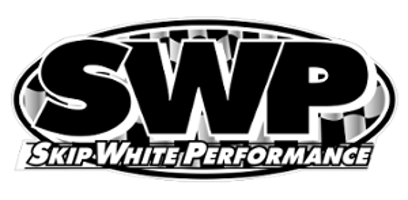

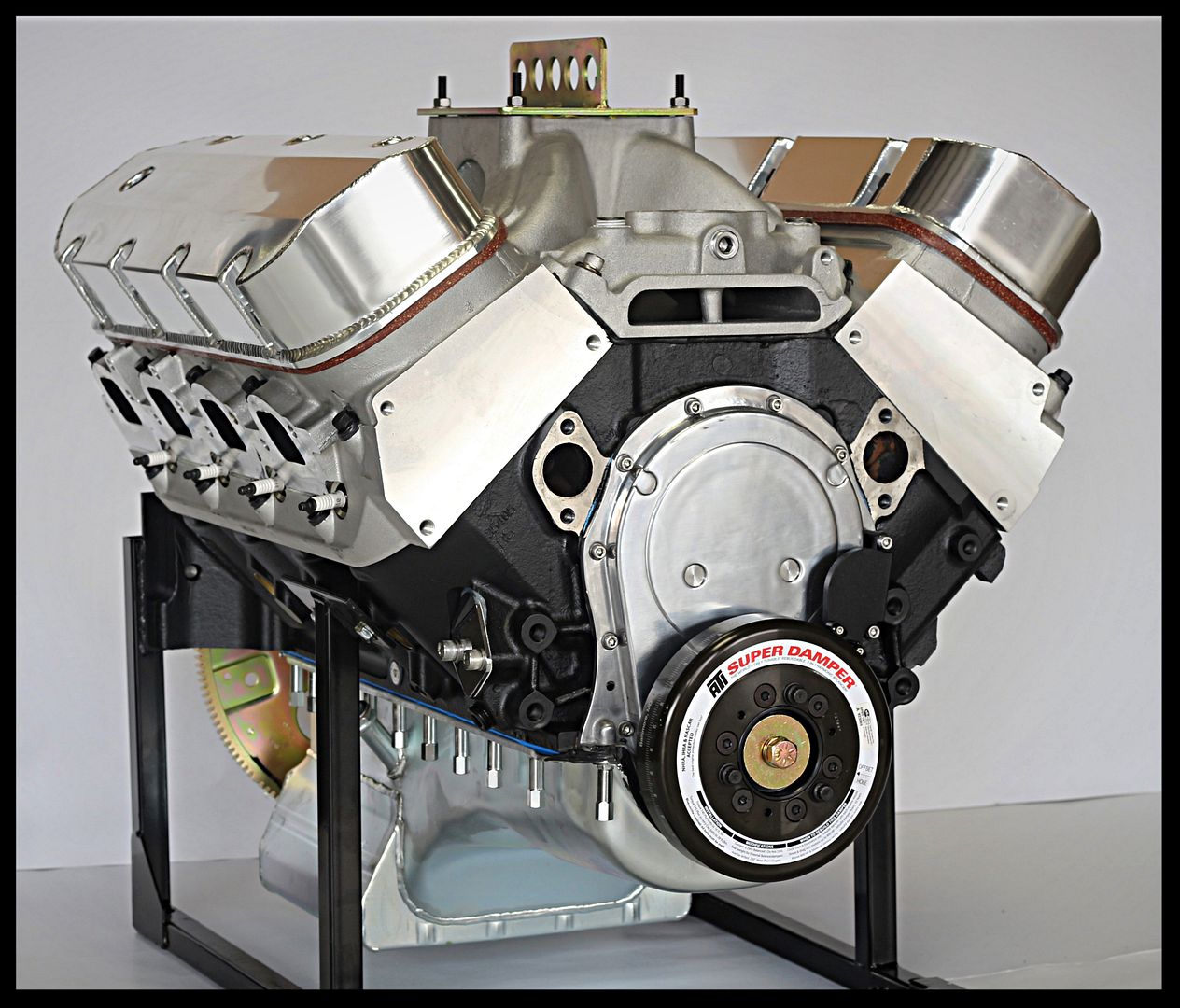
.jpg?width=1920&height=1080&fit=bounds)
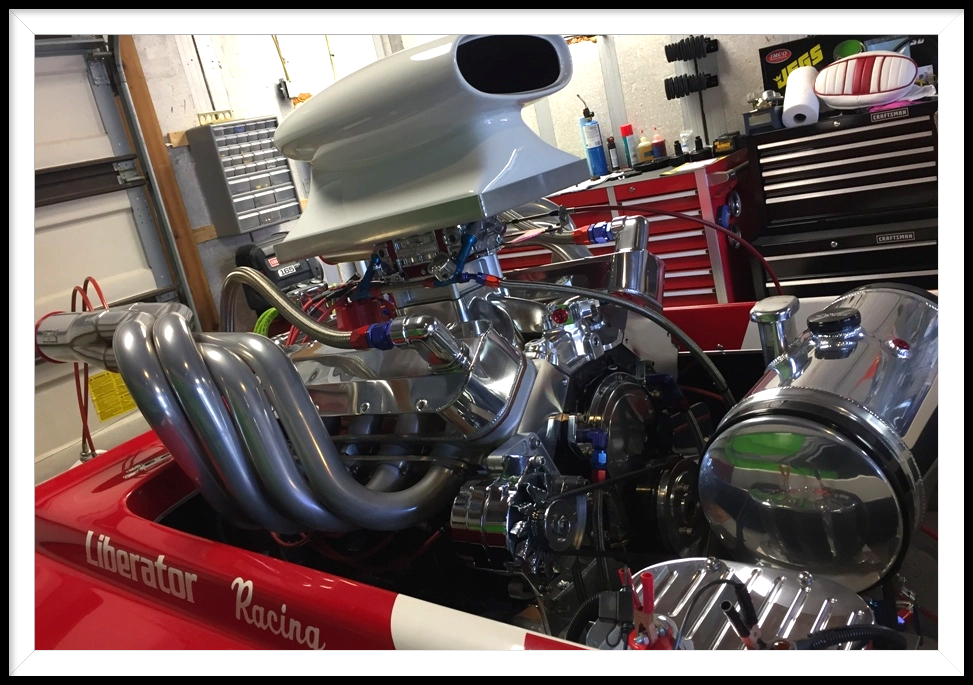
.jpg?width=1920&height=1080&fit=bounds)

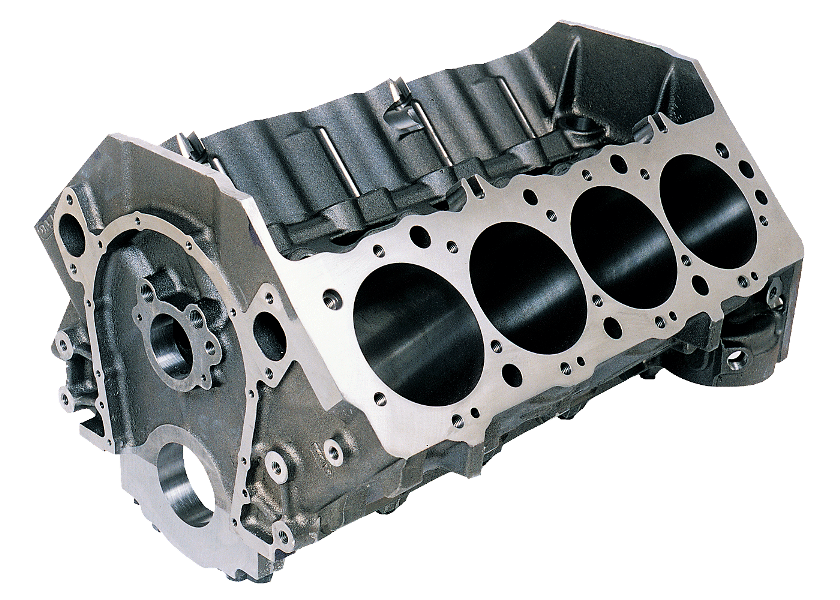
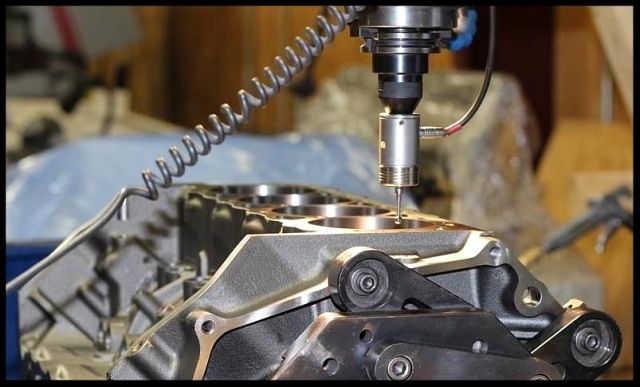

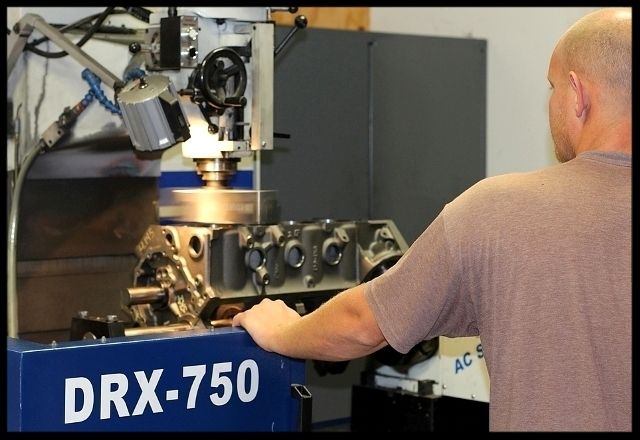
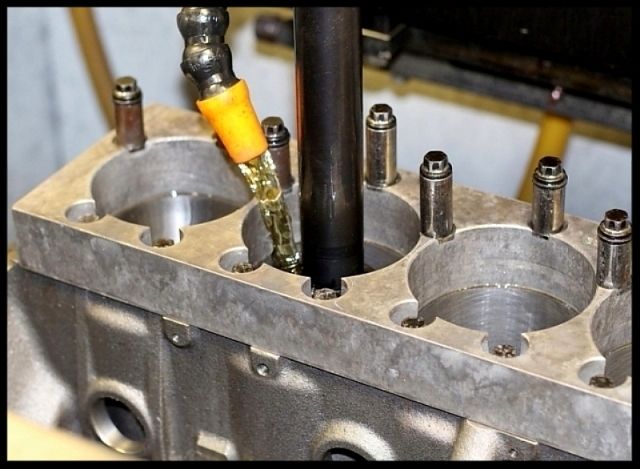
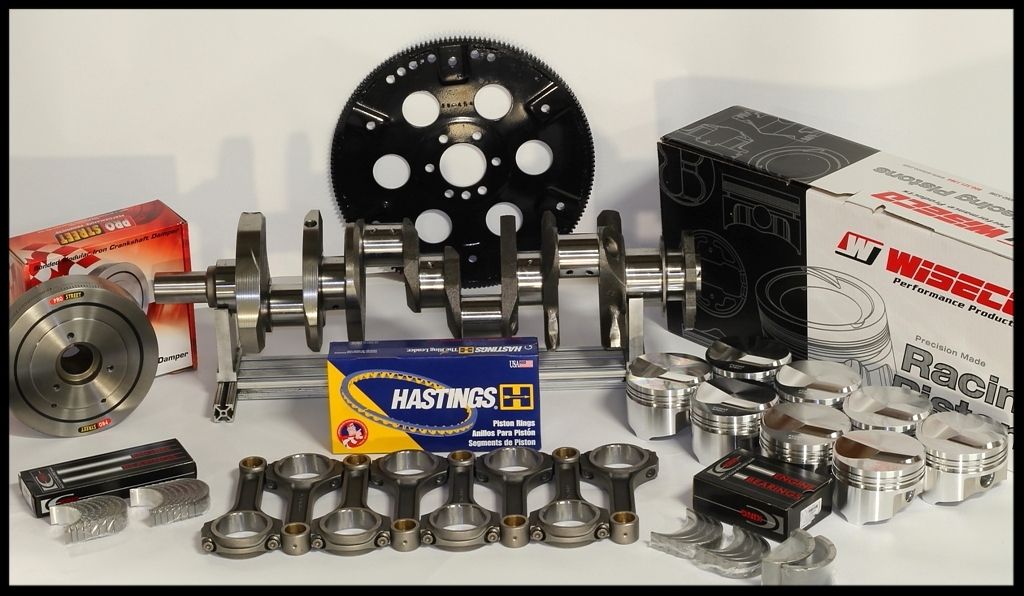
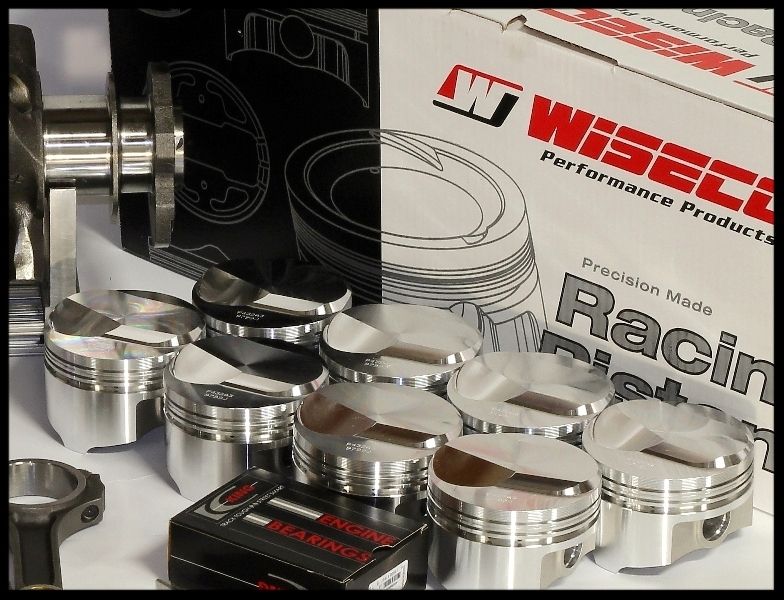
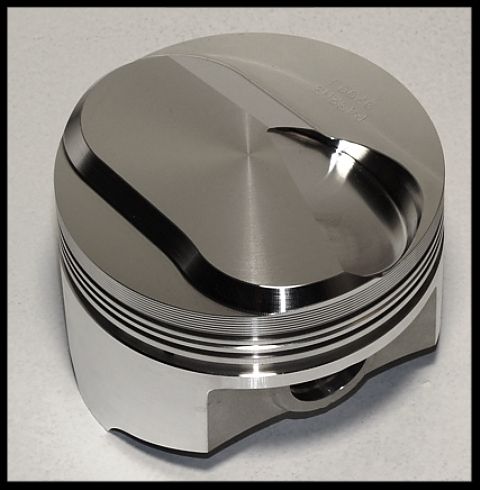
.jpg?width=1920&height=1080&fit=bounds)

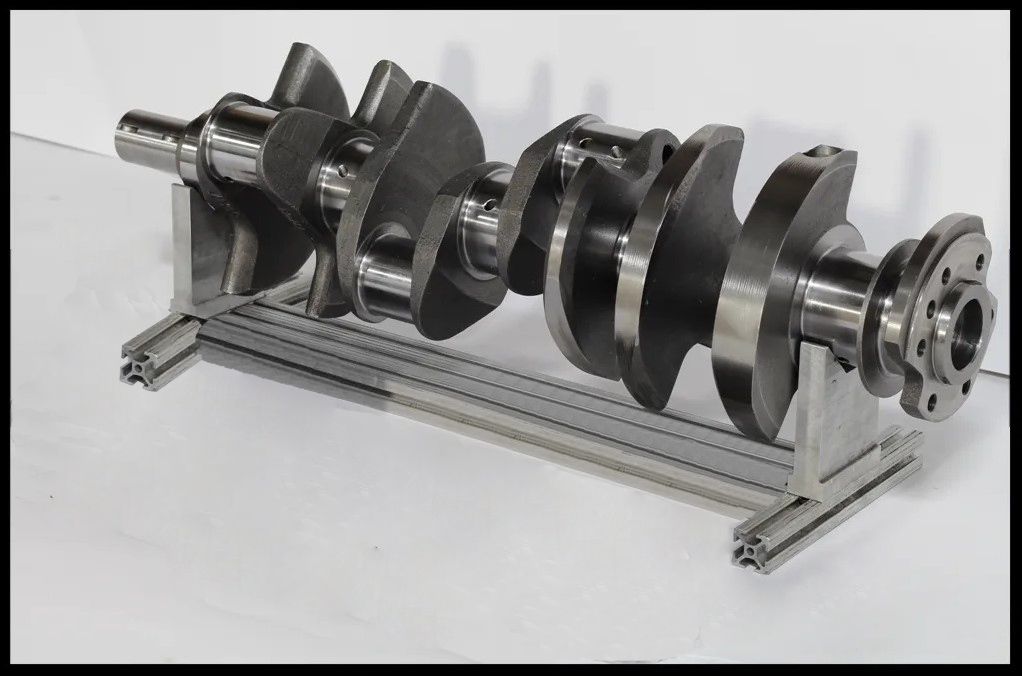
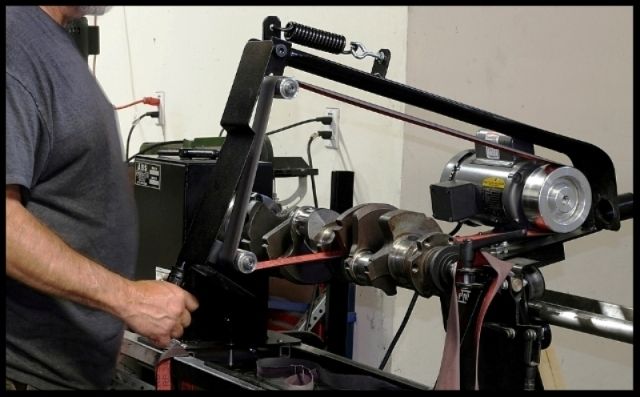
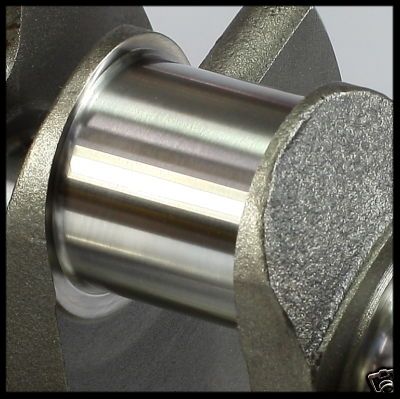

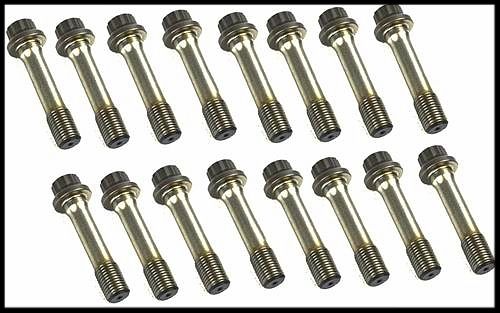
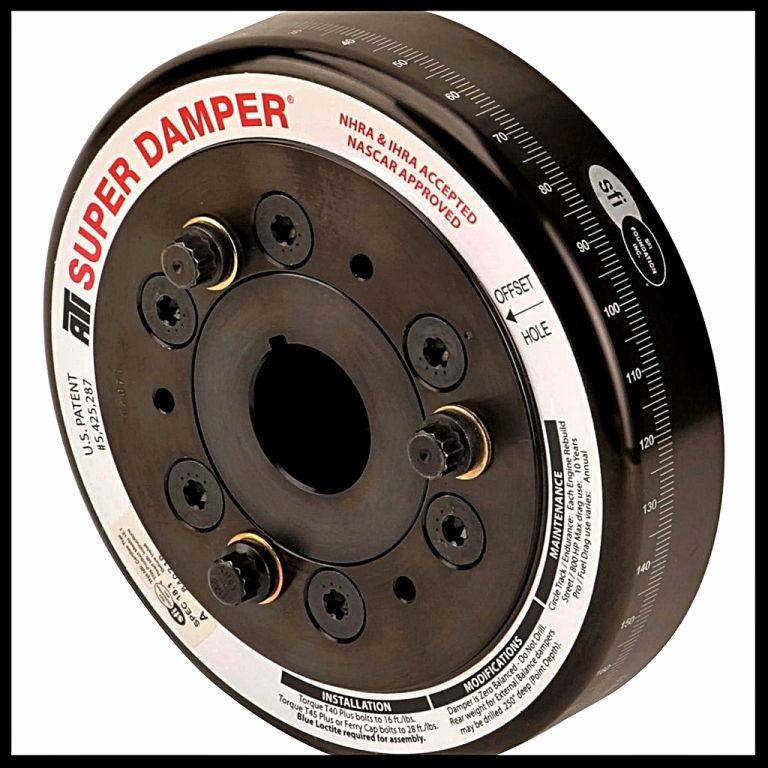
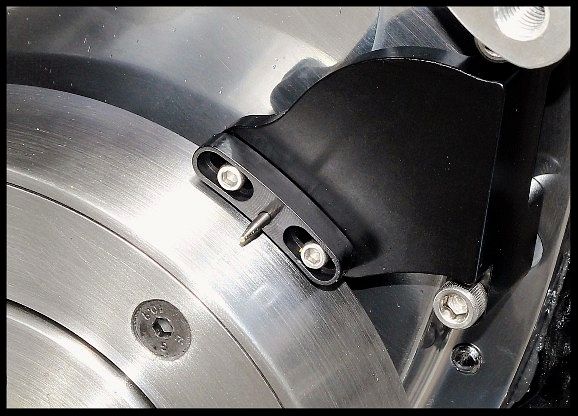
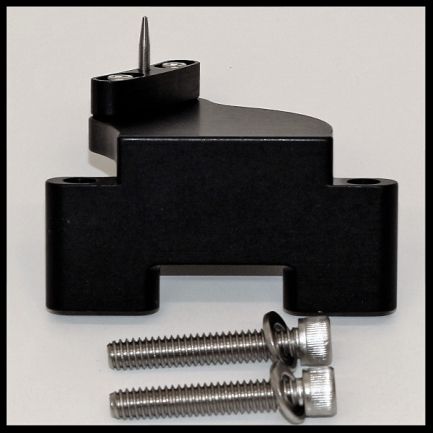

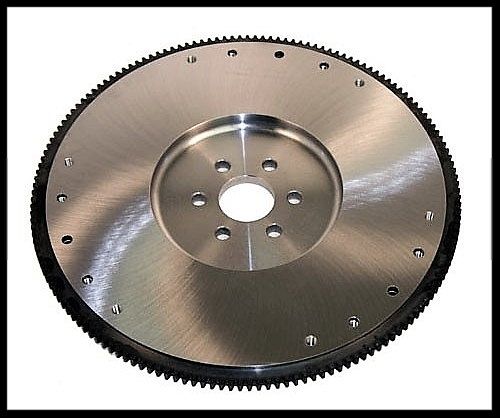
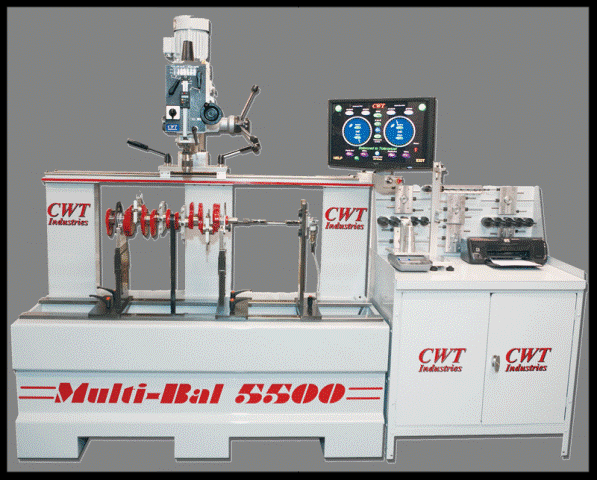
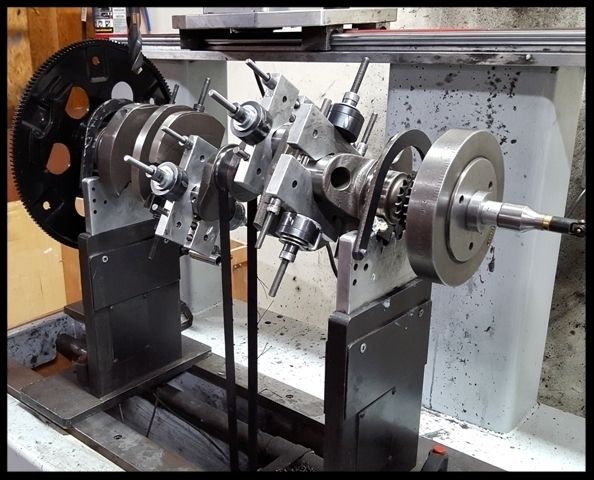

.jpg?width=1920&height=1080&fit=bounds)
.jpg?width=1920&height=1080&fit=bounds)
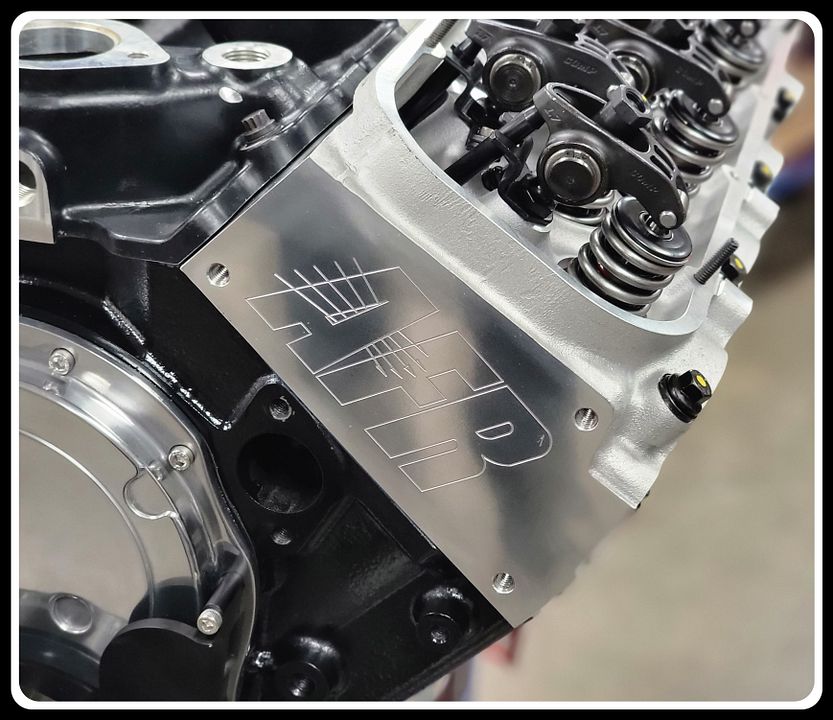
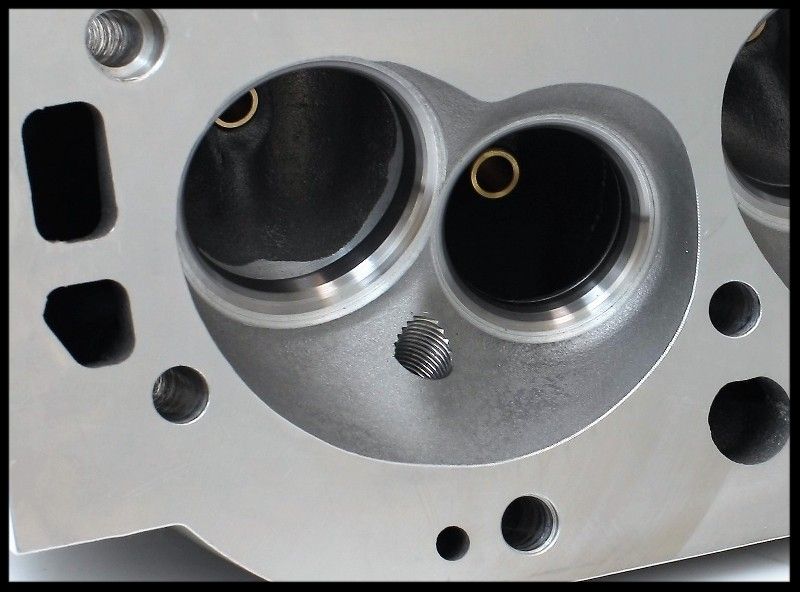
.jpg?width=1920&height=1080&fit=bounds)
.jpg?width=1920&height=1080&fit=bounds)
.jpg?width=1920&height=1080&fit=bounds)

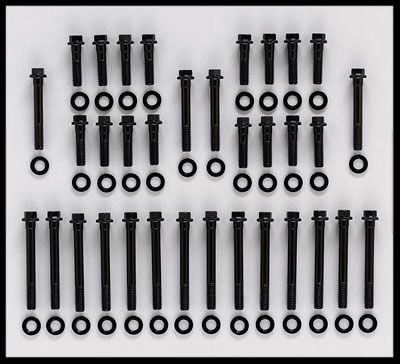

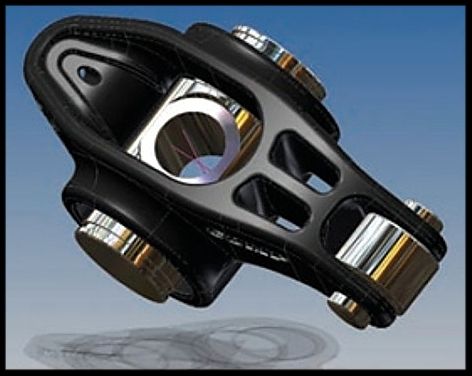
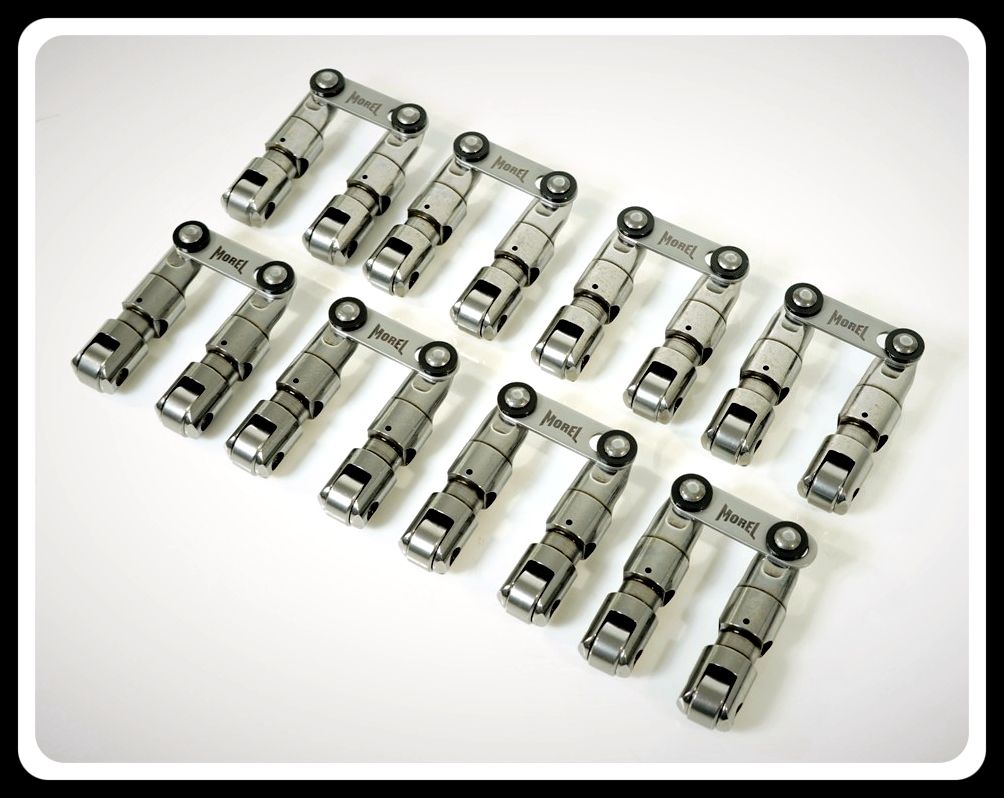
.jpg?width=1920&height=1080&fit=bounds)
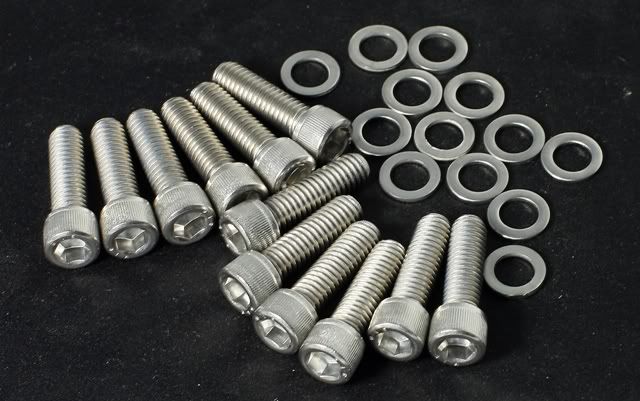

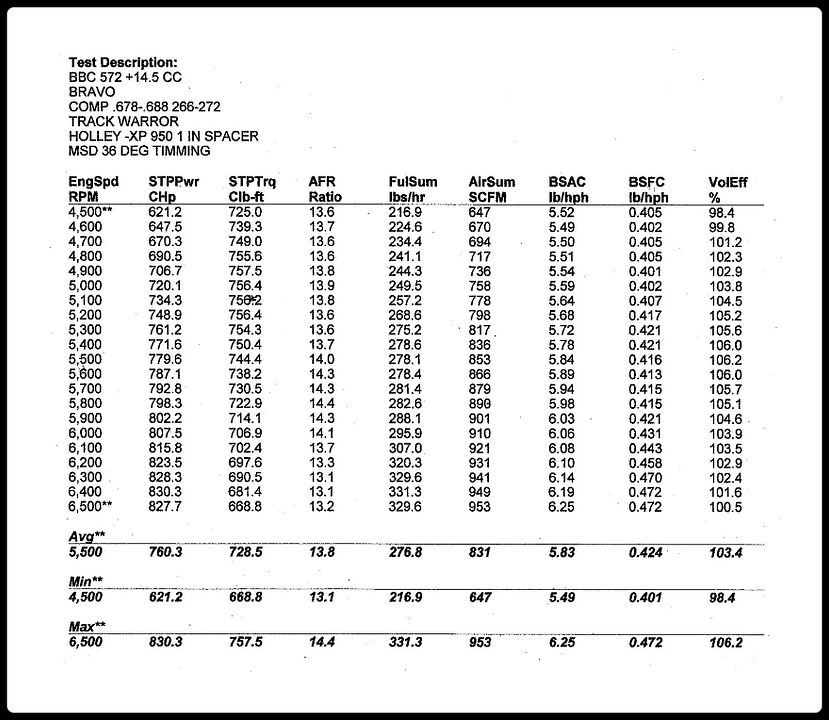
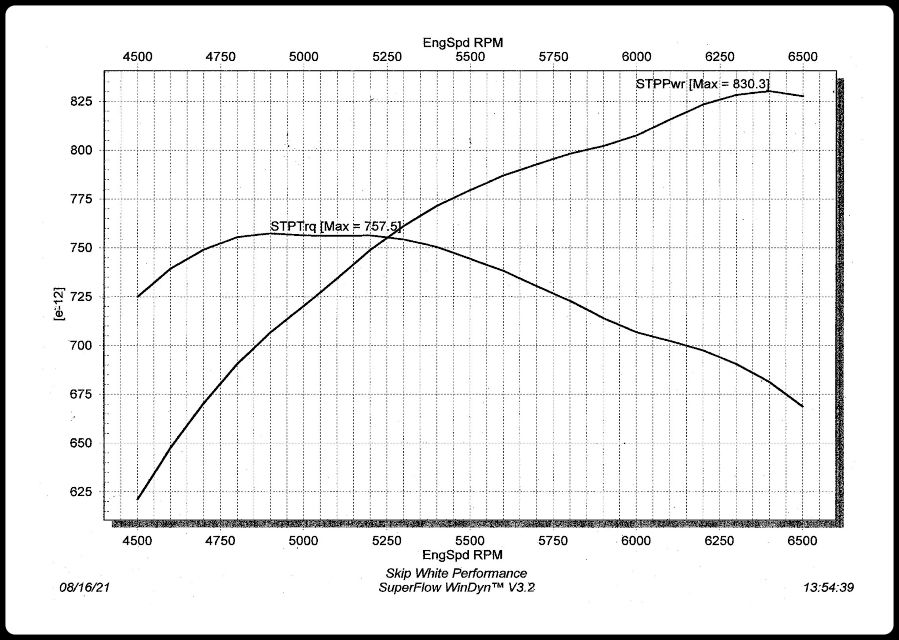

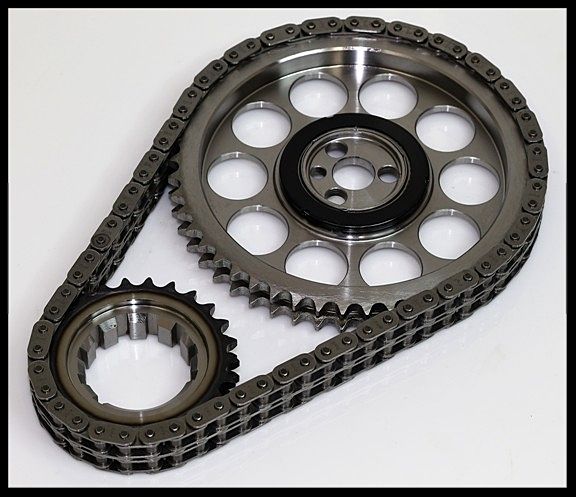
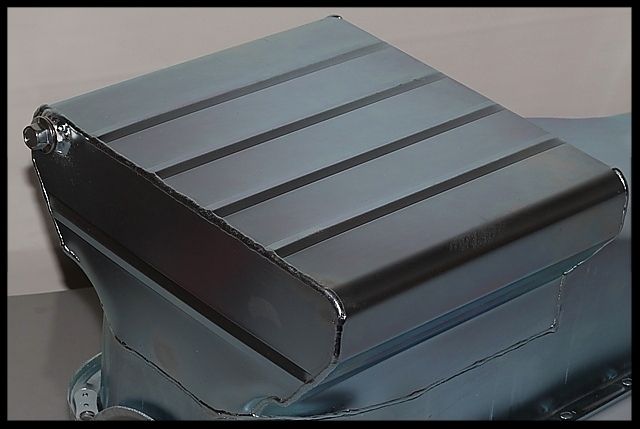






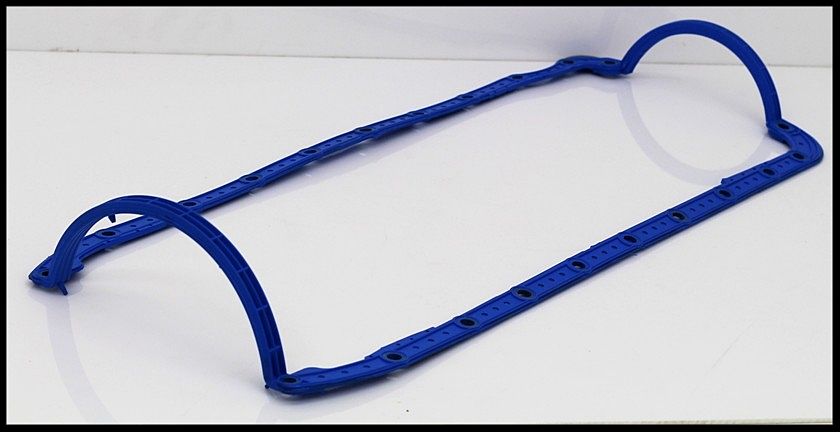



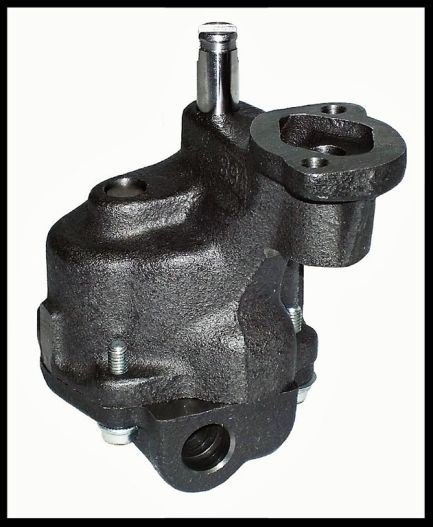
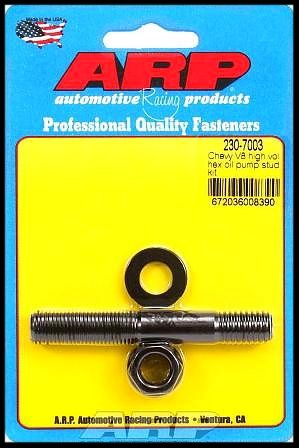
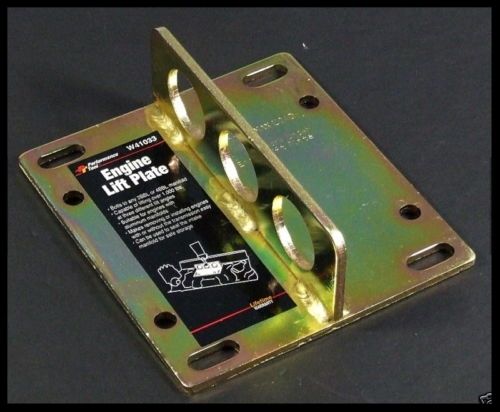


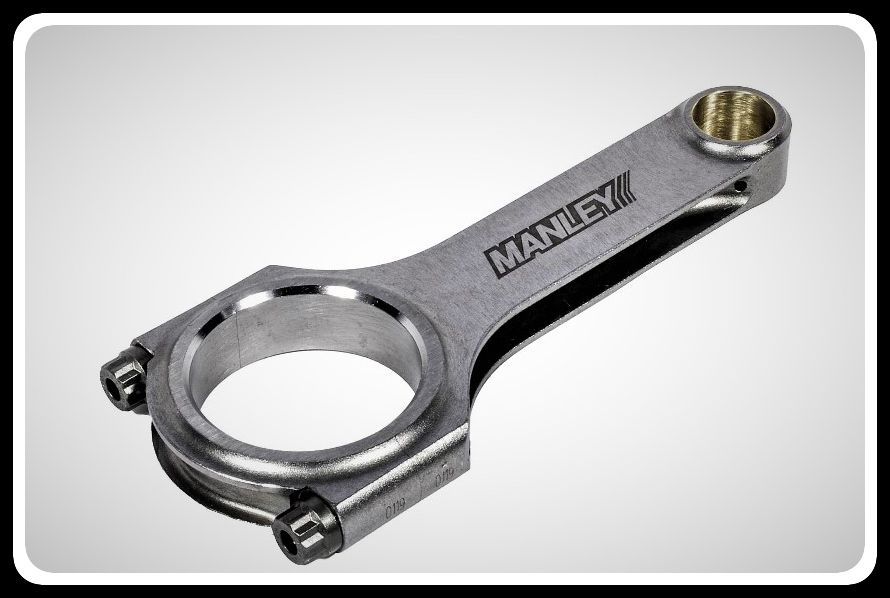

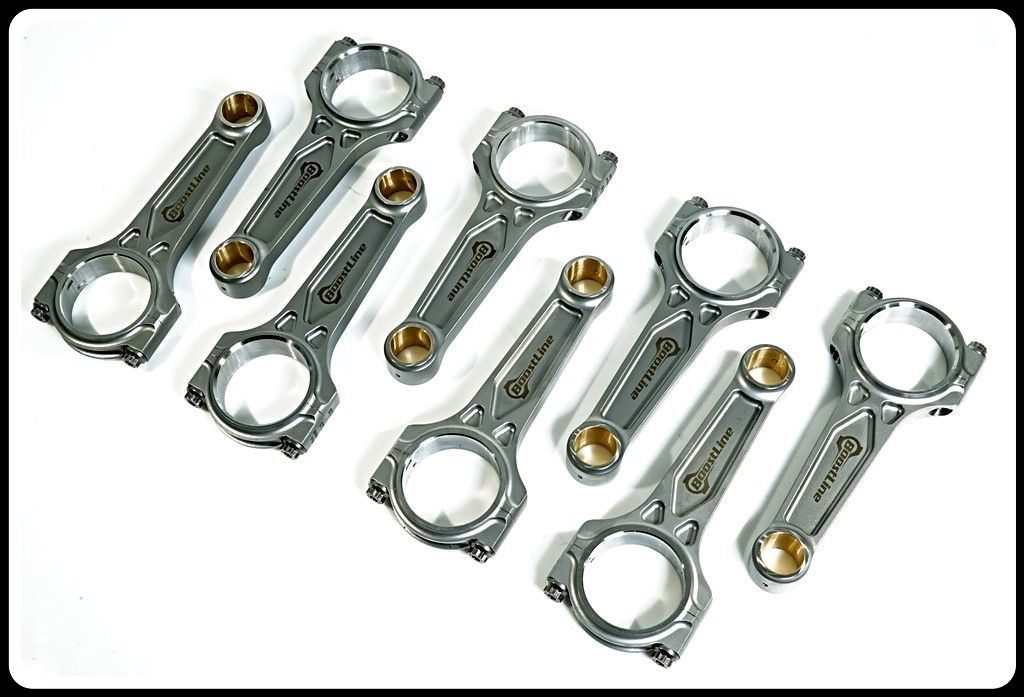

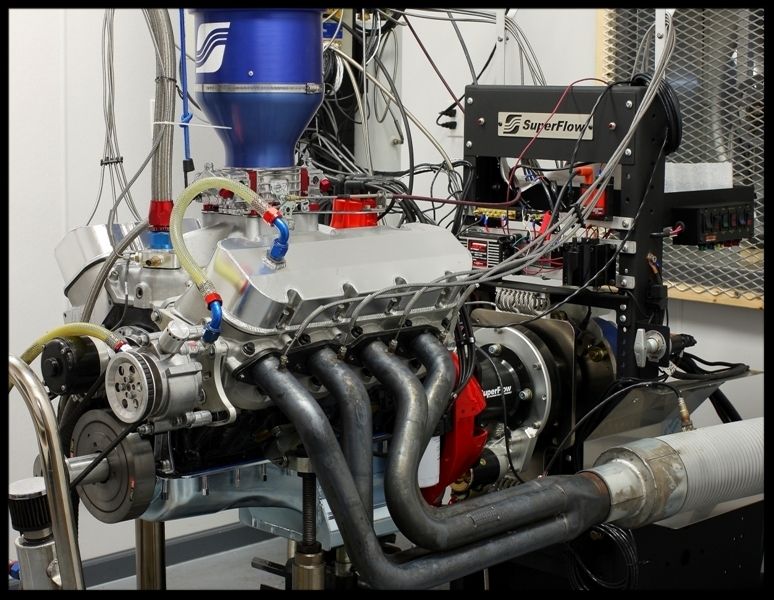
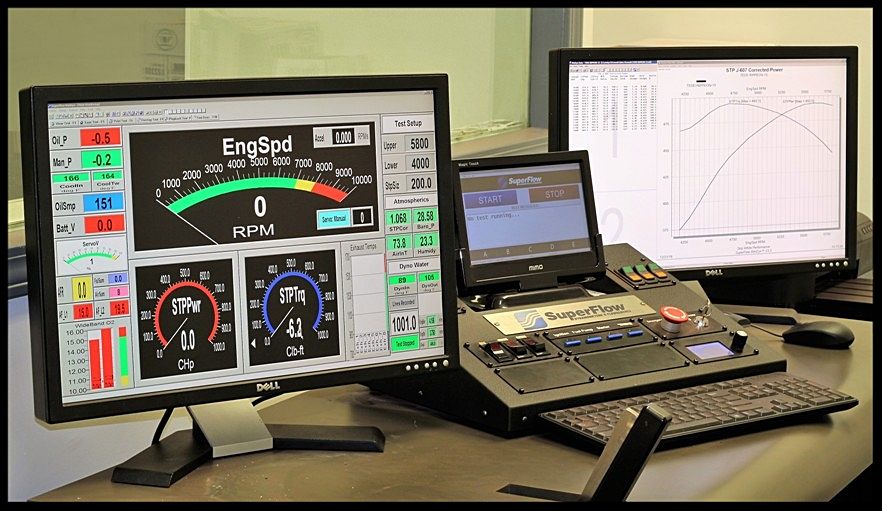
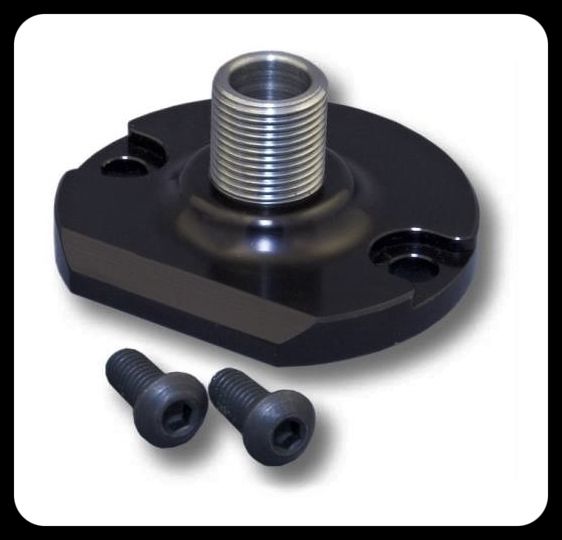
.jpg?width=1920&height=1080&fit=bounds)
.jpg?width=1920&height=1080&fit=bounds)
.jpg?width=1920&height=1080&fit=bounds)
.jpg?width=1920&height=1080&fit=bounds)
.jpg?width=1920&height=1080&fit=bounds)
.jpg?width=1920&height=1080&fit=bounds)